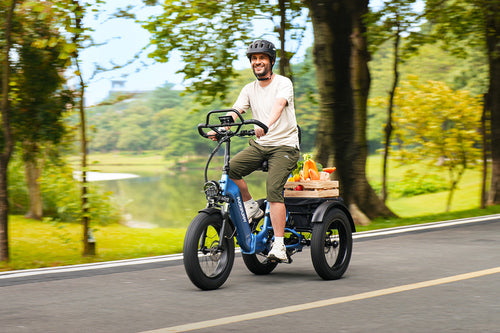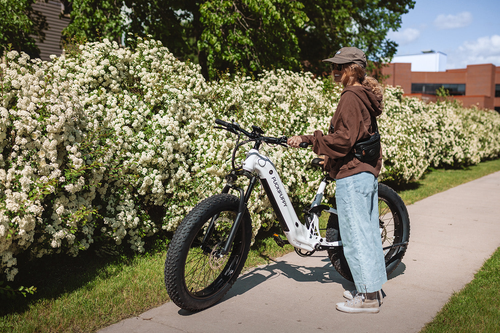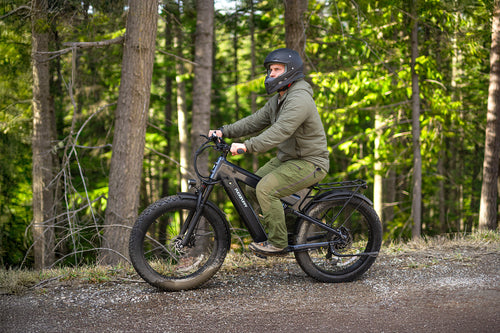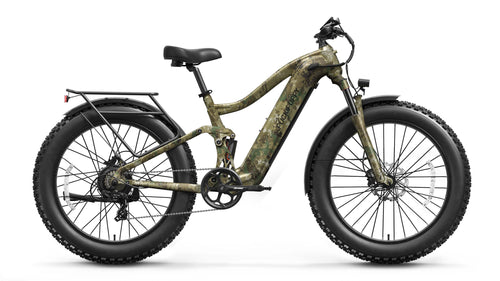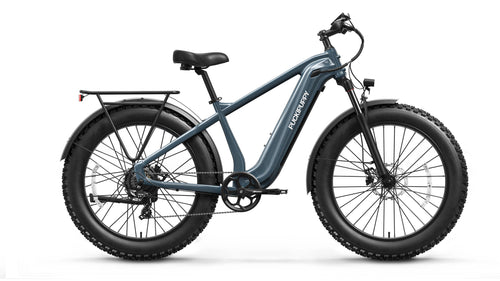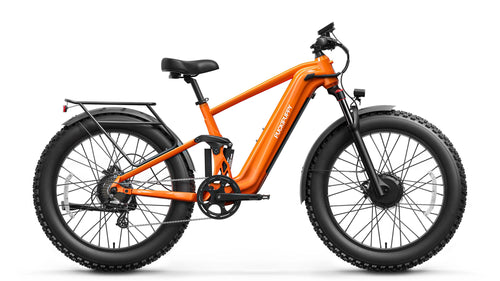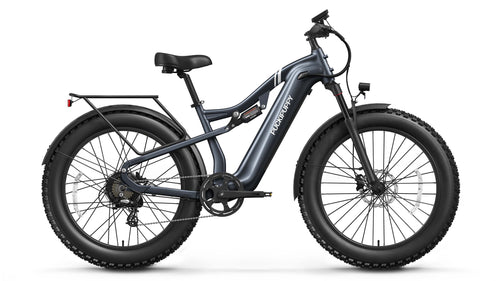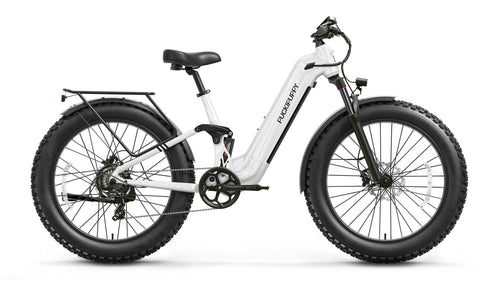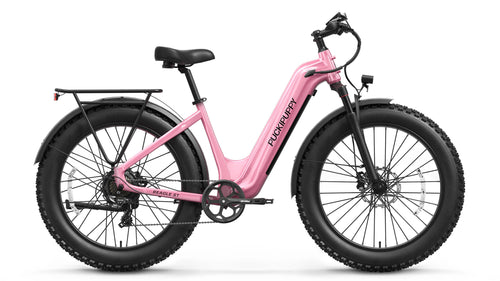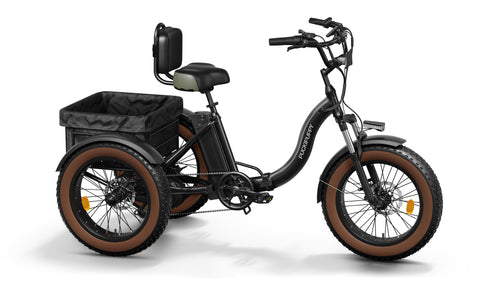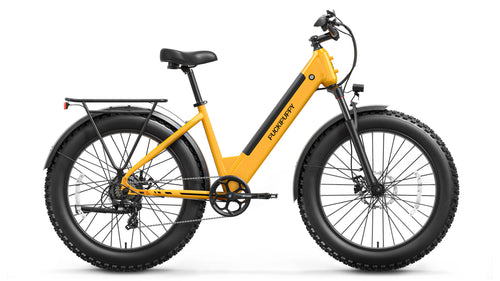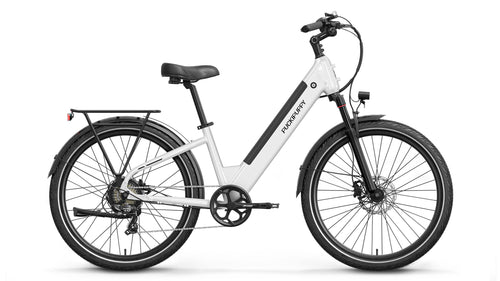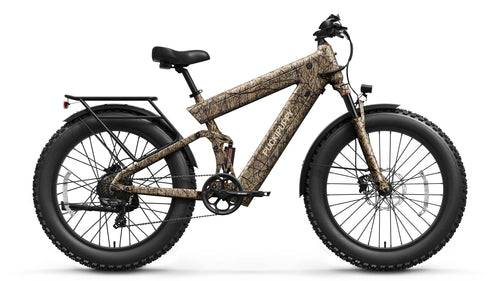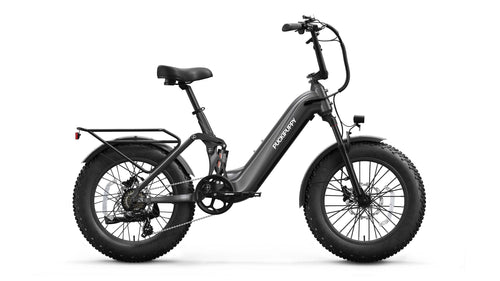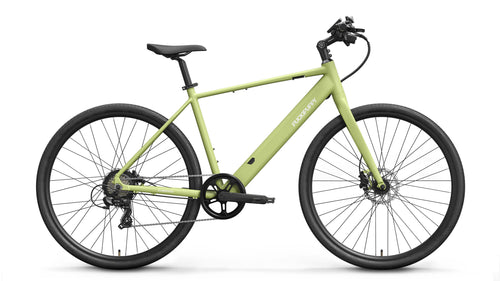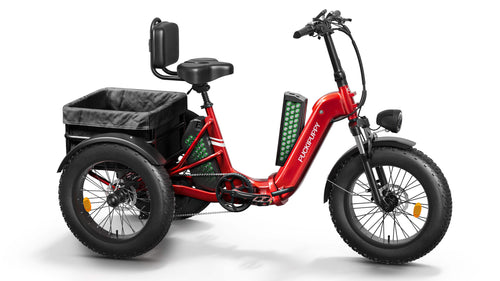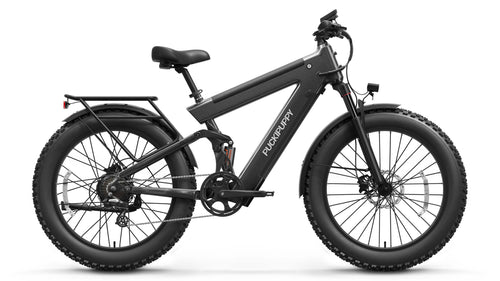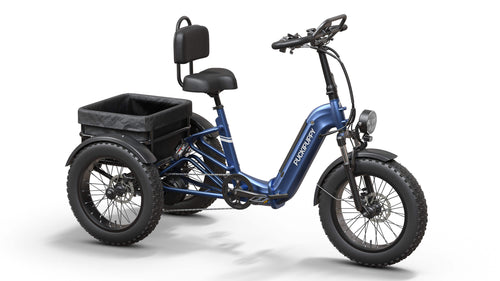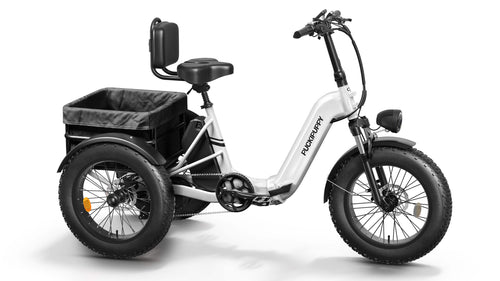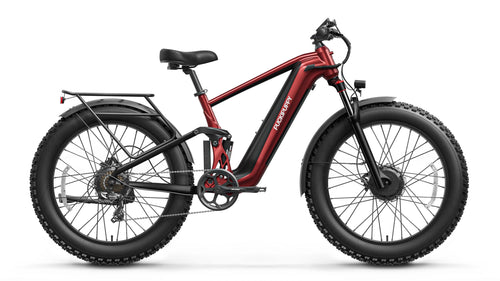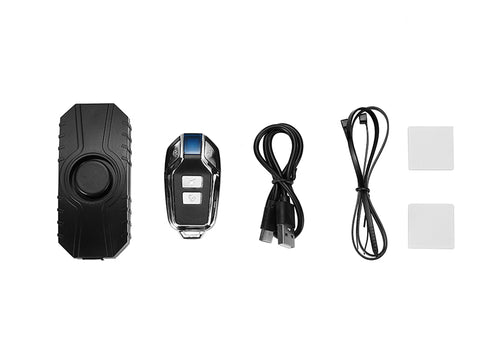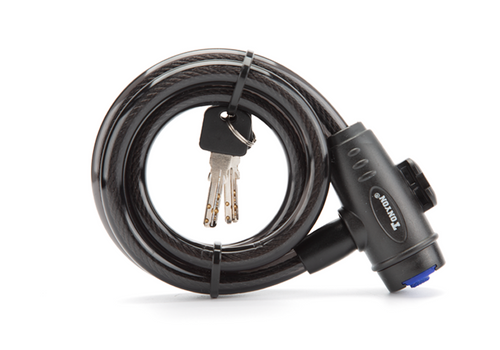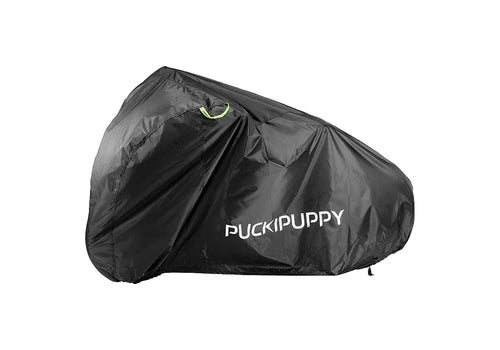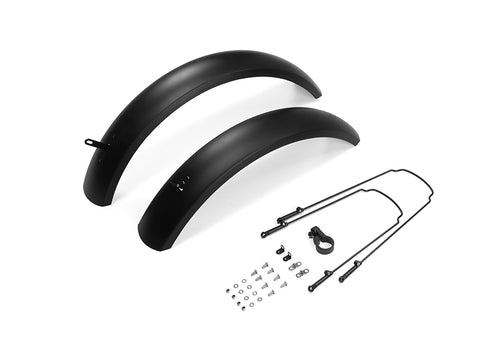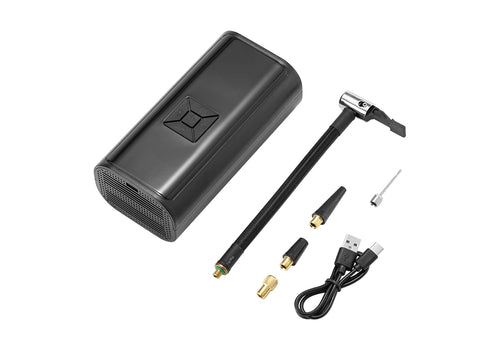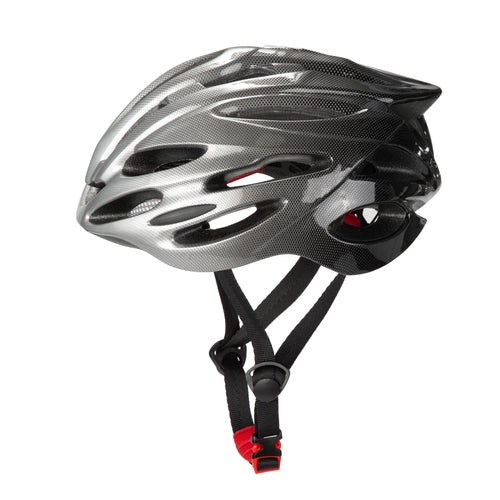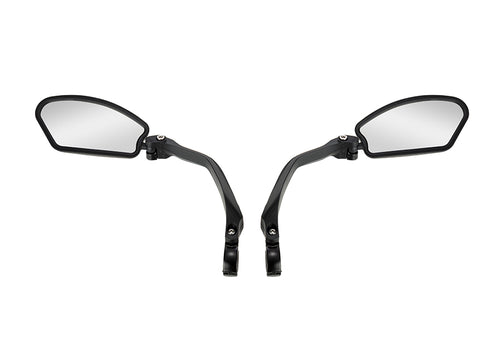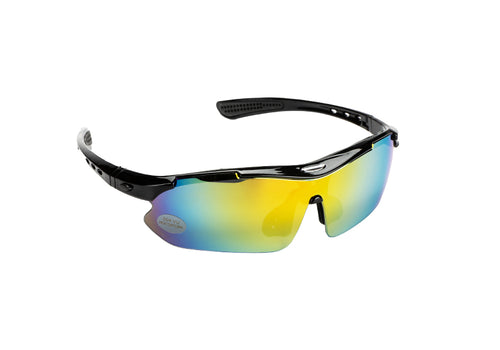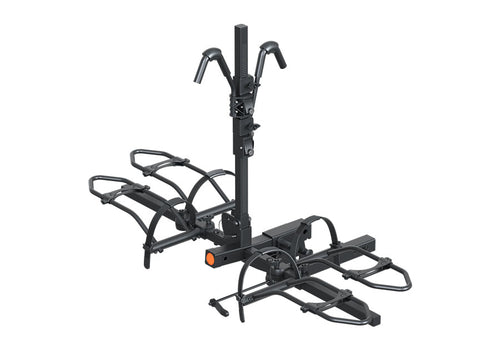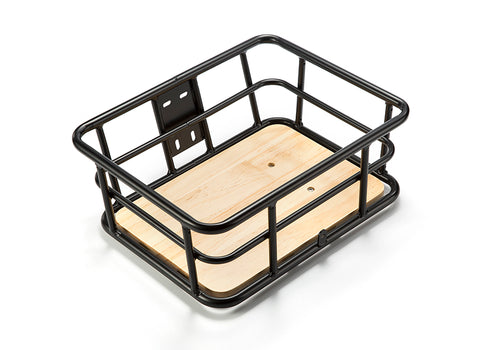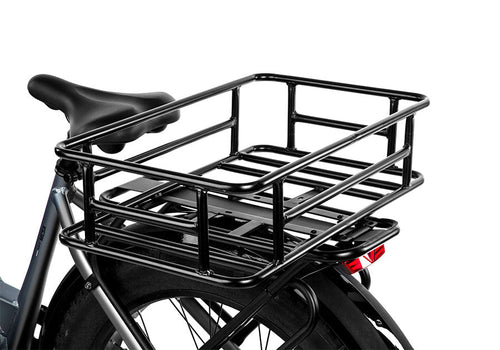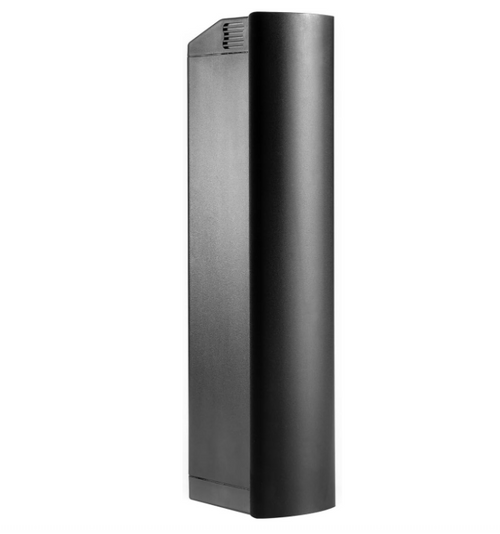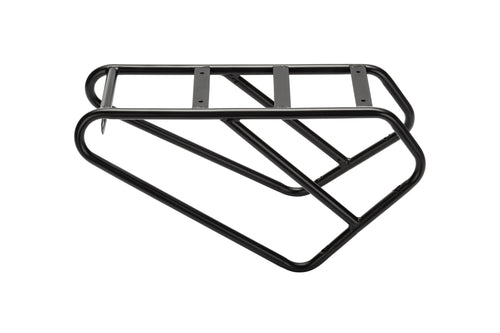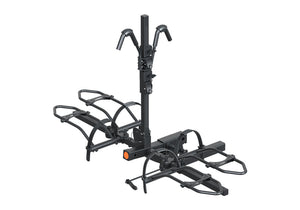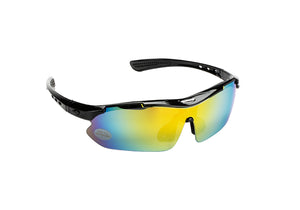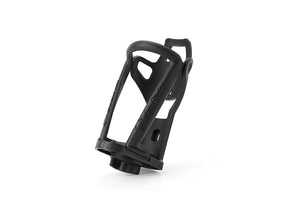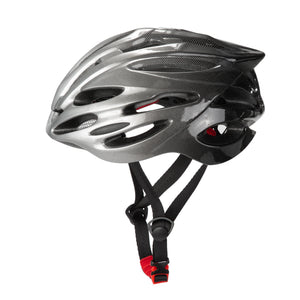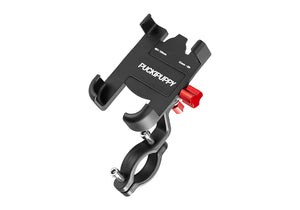Warranty & Important Notice
Before your first ride, please read all manuals included with the product. They contain essential safety information as well as detailed instructions on assembly, usage, and maintenance. PUCKIPUPPY also recommends registering your bike at www.PUCKIPUPPY.com at the time of purchase. While registration is not required to receive warranty service, it helps us provide better support in the future.
PUCKIPUPPY strongly recommends that all customers have their bikes inspected and tested by a certified bicycle technician before their first ride. A full inspection of every component helps ensure a safe riding experience. PUCKIPUPPY is not responsible for any damage to the bike or its components resulting from improper assembly. Any parts or repair costs incurred due to incorrect assembly are the sole responsibility of the customer, not PUCKIPUPPY.
Warranty Coverage
2.Parts that meet the warranty conditions outlined on this page are fully covered at no cost to you.
3.Parts outside the warranty period may still be repaired or replaced, but additional charges will apply. For specific pricing details, please contact us at support@puckipuppy.com.
4.Incidental expenses during the repair process—such as alternative transportation, fuel, or rideshare costs—are not covered under the warranty.
Lifetime Technical Support
1.Our technical specialists provide expert assistance and customized solutions for complex issues.
2.One-on-one support: A dedicated support agent will handle all your inquiries, ensuring personalized assistance throughout the process.
3.This service is available at any time, regardless of your warranty status. (Note: After the warranty period, customers are responsible for the cost of any replacement parts.)
Coverage
Applicable only to electric bikes purchased from PUCKIPUPPY.com within the United States. For clarity, we do not ship to Alaska, Hawaii, Puerto Rico, or other U.S. territories. Warranty parts are shipped within the continental United States (48 states).
Ownership & Warranty Period
Ownership: Coverage applies only to the original purchaser (first owner). Under no circumstances is the limited warranty transferable to any subsequent owner or assignee.
Warranty Period: Begins on the date you receive the product and ends upon expiration of the stated period or if the bicycle is sold or transferred. Note: Products purchased second-hand or from unauthorized sellers are not covered under this warranty.
| Warranty Period and Conditions for Different Components | ||
| Mechanical Parts (Non-electrical and non-electrical-related components) |
||
| Component | Warranty Period | Warranty Coverage & Exclusions |
| Frame / Structure | 3 Years | Covered: - Natural deformation - Welding failure - Detachment or breakage - Manufacturing defects Not Covered: - Self-modifications - Collision damage - Paint and graphics are not included |
| Seat Post, Handlebars, Bottom Bracket, Crankset, Hubs, Seat Tube. | 2 Years | |
| Suspension fork, headset, brakes (excluding brake pads), pedals, brackets, rims, freewheel, derailleur, and shifters | 1 Year | |
| Support and Safety Components Seat, seat post clamp, tires, saddle, fenders Throttle, front light, rear light, sensors, charger |
1 Year | Not Covered: - Self-modifications - Collision damage - Sharp objects puncturing the tires - Man-made damage |
| Electronic Components | ||
|
Motor Assembly Motor, Hall Sensors, Bearings |
2 Years | Covered: - Defects - Hall sensor burnout - Demagnetization - Abnormal bearing noise Not Covered: - Physical damage - Water ingress |
| Controller, Wiring Harness | 2 Years | Covered: - Up to 300 charge cycles, whichever comes first. During this period, the battery is designed to retain up to 75% of its original capacity. Defective batteries and motors will be repaired or replaced free of charge. Only PUCKIPUPPY can directly evaluate defective batteries and motors. Not Covered: - Damage caused by collisions - Damage resulting from improper use or handling - Failure due to battery not being charged for over one month |
| Battery | 2 Years | |
| Warranty Period and Conditions for Different Components | ||
| Mechanical Parts (Non-electrical and non-electrical-related components) |
||
| Component | Warranty Period | Warranty Coverage & Exclusions |
| Frame / Structure | 3 Years | Covered: - Natural deformation - Welding failure - Detachment or breakage - Manufacturing defects Not Covered: - Self-modifications - Collision damage - Paint and graphics are not included |
| Seat Post, Handlebars, Bottom Bracket, Crankset, Hubs, Seat Tube, Mudguards | 2 Years | |
| Suspension fork, headset, brakes (excluding brake pads), pedals, brackets, rims, freewheel, derailleur, and shifters | 1 Year | |
| Support and Safety Components Seat, seat post clamp, tires, saddle, fenders Throttle, front light, rear light, sensors, charger |
1 Year | Not Covered: - Self-modifications - Collision damage - Sharp objects puncturing the tires - Man-made damage |
| Electronic Components | ||
|
Motor Assembly Motor, Hall Sensors, Bearings |
2 Years | Covered: - Defects - Hall sensor burnout - Demagnetization - Abnormal bearing noise Not Covered: - Physical damage - Water ingress |
| Controller, Wiring Harness | 2 Years | Covered: - Up to 300 charge cycles, whichever comes first. During this period, the battery is designed to retain up to 75% of its original capacity. Defective batteries and motors will be repaired or replaced free of charge. Only PUCKIPUPPY can directly evaluate defective batteries and motors. Not Covered: - Damage caused by collisions - Damage resulting from improper use or handling - Failure due to battery not being charged for over one month |
| Battery | 2 Years | |
Limitations
The warranty does not cover the following situations:
1.Improper assembly or installation.
2.Collisions, negligence, improper repair, poor maintenance, or any abnormal, excessive, or improper use.
3.Corrosion.
4.Improper modification or installation of components, parts, or accessories not originally intended for or compatible with the product, or failure to maintain or service the product at appropriate intervals as outlined in the written instructions provided with the product.
If you’re unsure whether something is covered, please contact us.
Non-warranty Parts
Wear and Tear – What Is Not Covered by Warranty?
Items subject to wear and tear are not covered under this warranty. Below is a non-exhaustive list of typical wear-and-tear items not covered:
-
Bearings
-
Brake pads
-
Chains
-
Freewheel hub body
-
Handlebar grips
-
Rubber moving parts
-
Shifters, brake cables, and housings
-
Spokes
-
Chainrings
-
Stripped threads/bolts
-
Tools
-
Drivetrain gears
Shipping Damage Warranty
1.You notify PUCKIPUPPY of any shipping damage within 5 days of receiving the product.
2.You provide PUCKIPUPPY with immediate photo and video evidence of the damage, including a visible date/timestamp.
3.You return all original packaging and documentation included with the product.
4.Upon delivery, inspect the product and clearly note any visible damage on the carrier’s delivery receipt.
5.If you choose to arrange your own shipping, such as using a freight forwarder or similar service, PUCKIPUPPY will not be responsible for replacing any product damaged in transit.
How to Obtain Warranty Service
If your product fails to operate properly under normal conditions during the warranty period, please visit PUCKIPUPPY.com/support for product maintenance and assistance, or submit a support form there. Rest assured, PUCKIPUPPY will cover the shipping costs for all replacement parts under warranty.
Reminder:
Please note that you must always contact PUCKIPUPPY to file a warranty claim and obtain prior notice and authorization before taking further action. Unauthorized repairs may hinder our ability to inspect the defect and determine if it falls under warranty coverage. If you or a third party attempt to repair the product without prior notice and authorization from PUCKIPUPPY, the warranty may be voided.
Disclaimer Of Implied Warranties
This is the complete warranty statement from PUCKIPUPPY regarding its products. Any other statements made by any party shall not be considered a warranty of any kind. To the fullest extent permitted by law, PUCKIPUPPY’s liability under this warranty shall not exceed the original purchase price of the product, and under no circumstances shall PUCKIPUPPY be liable for any incidental or consequential damages or losses. This limitation does not exclude liability for death or personal injury caused by PUCKIPUPPY’s negligence.
To the extent permitted by applicable law, PUCKIPUPPY hereby disclaims all implied warranties, including but not limited to warranties of merchantability and fitness for a particular purpose during the duration of the express limited warranty period.
Some states, provinces, or countries do not allow the exclusion or limitation of incidental or consequential damages or implied warranties, so the above limitations or exclusions may not apply to you. If any provision of this warranty is found to be invalid or unenforceable by a court of competent jurisdiction, all remaining provisions will remain in full force and effect.
For warranty inquiries, you can find the most up-to-date contact information for your market at www.PUCKIPUPPY.com.









